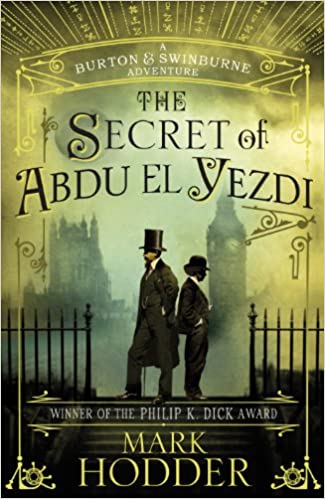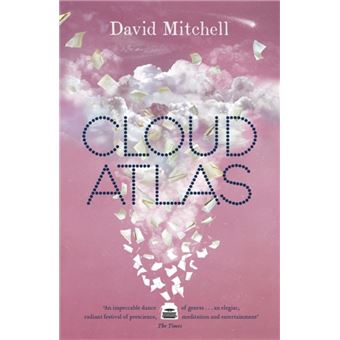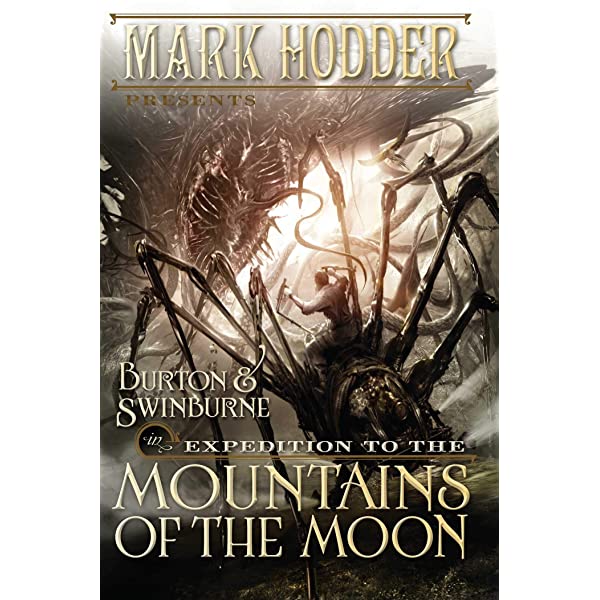Author: D.[avid] Mitchell
Bionote: Born in Southport, Lancashire, England, David Mitchell attended the University of Kent, from which he received a B.A. in English and American Literature and an M.A. in Comparative Literature. In 1994 he moved to Japan, where he taught English as a second language. Among his novels are Ghostwritten (1999), Number9dream (2001), Cloud Atlas (2004), Black Swan Green (2006), The Thousand Autumns of Jacob de Zoet (2010), The Bone Clocks (2014) and Slade House (2015). While Black Swan Green and The Thousand Autumns of Jacob de Zoet are relatively linear narratives, all of the other novels experiment with narrative structures, thus adopting a postmodern character.
Date: 2004.
Place: London
Publisher: Hodder & Stoughton.
ISBN: 978-0-340-82278-4.
Number of Pages: 529.
Reference: Mitchell, D.. (2004). Cloud Atlas. Great Britain: Hodder & Stoughton.
Genre: Neo-Victorian Novel.
Screen Adaptations: Cloud Atlas, directed by Tom Tykwer, Lana Wachowski and Lilly Wachowski in 2012. With Tom Hanks, Halle Berry, Hugh Grant and Hugo Weaving.
A relatively faithful adaptation of the novel on which it is based, Cloud Atlas depicts six different stories which are related to one another, despite each of them being set in disparate time frames and geographical contexts. Additionally, the movie incorporates the idea of reincarnation, which means that the same actors appear in all the different six stories in which the movie is divided, playing various parts. For example, while in “The Pacific Journal of Adam Ewing”, Jim Sturgess plays the part of Adam Ewing, in “Sloosha’s Crossin’ an’ Ev’rythin’ After” he plays the part of Adam, Zachry’s brother-in-law.
Portuguese Translations: Mitchell, D..(2007). Atlas das Nuvens (A. Ramos e H. Ramos, trad.). Lisboa: D. Quixote.
Abstract
Cloud Atlas combines six interconnected stories which take place in different timeframes and geographical contexts. The novel begins with “The Pacific Journal of Adam Ewing”, which can be described as the account of a nineteenth-century north American notary who is returning to California after visiting Australia, via the Chantham Islands. There, Ewing is confronted with the genocide of the indigenous Moriori people, as well as with evolutionary theories regarding the supposed superiority of Europeans. Ewing’s journal is found by Robert Frobisher, the protagonist of the next story, entitled “Letters from Zedelghem”, who attempts to find work as an amanuensis to a composer living in Belgium in 1931, while at the same time dealing with his pennilessness and bisexuality. The letters written by Frobisher to his friend and lover, Rufus Sixsmith, are subsequently discovered by Luisa Rey, a journalist and the main character of “Half-Lives: The First Luisa Rey Mystery”. Set in Buenas Yerbas, California, in 1975, the following section of the novel focuses on Rey as she tries to expose corruption in a nuclear power plant and the mysterious circumstances in which Sixsmith, by then a Nobel Prize winning scientist, died. In “The Ghostly Ordeal of Timothy Cavendish”, Cavendish, who is a vanity press publisher who has just received a novel written by Rey, tells the story of how he became trapped in a nursing home in the north of England. The screen adaptation of Cavendish’s story is being watched by the protagonist of the next part of the novel, Sonmi-451, a genetically-engineered fabricant (or clone) server at a futuristic fast-food restaurant living in Nea So Copros, formerly known as Korea – where Rey’s father worked as a journalist during the Korean War. In “An Orison of Sonmi-451”, Sonmi-451 is awaiting her execution, after having rebelled against the society that created and enslaved her, as well as her kind. Finally, in “Sloosha’s Crossin’ an’ Ev’rythin’ After”, the reader finds Zachry, a tribesman living in a post-apocalyptic Hawaii after most of humanity has died during “the Fall”, an event which seems to be the result of a nuclear disaster. After reaching the final story, the novel regresses in time symmetrically, until it comes full circle, ending where it started. The novel won the British Book Awards Literary Fiction award and it was short-listed for the Booker Prize, among other awards. Additionally, it has been connected to postmodernism, neo-Victorianism, postcolonialism and trauma studies.
Keywords: Victorian Era; The Moriori People; Evolutionism; Cyberpunk; Dystopia.


